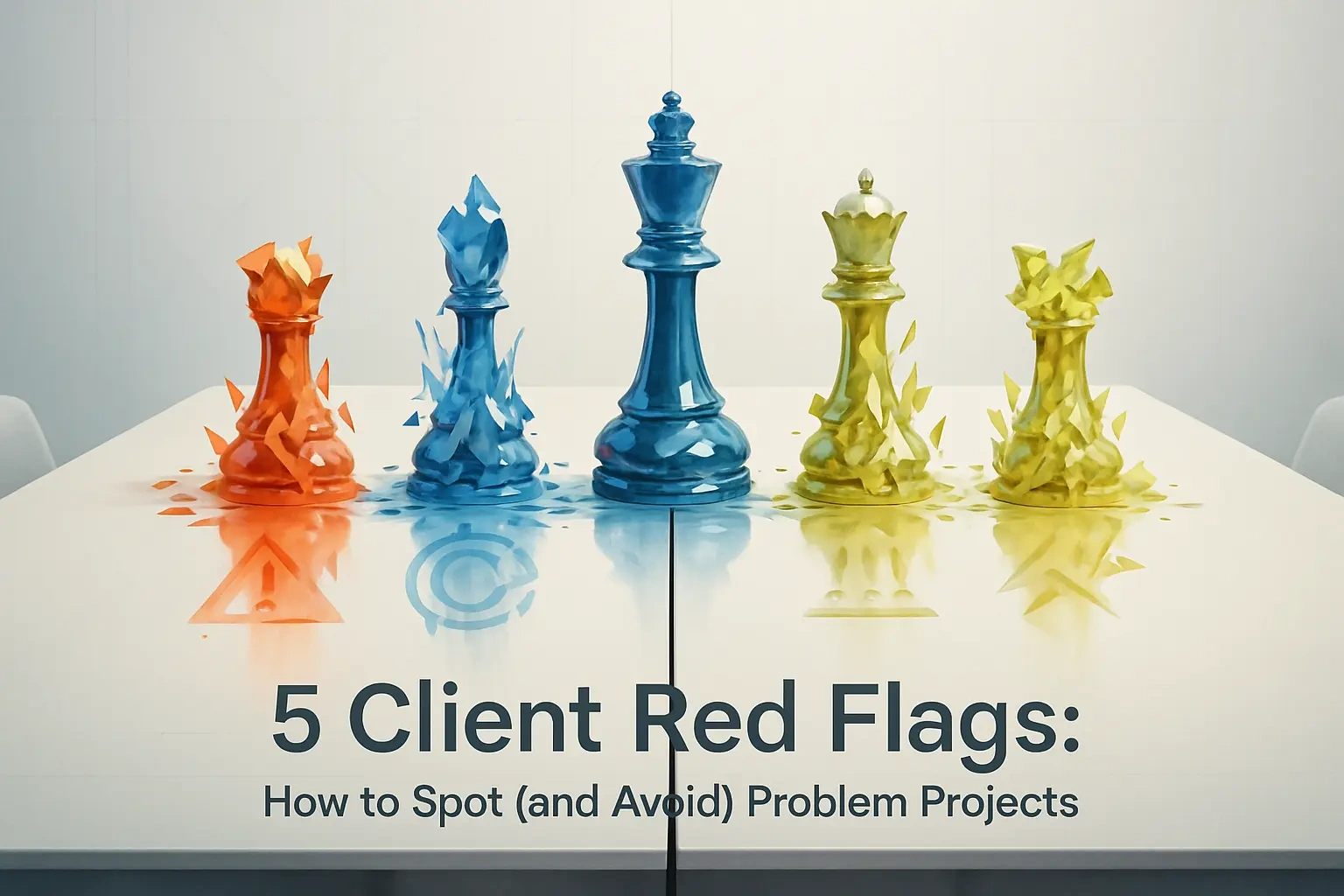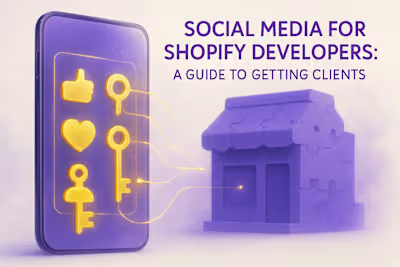5 Client Red Flags: How to Spot (and Avoid) Problem Projects

5 Client Red Flags: How to Spot (and Avoid) Problem Projects
Red Flag #1: Vague Requirements and Scope Creep
Identifying the Signs
How to Protect Yourself
Red Flag #2: Extreme Haggling and Fixation on Price
Identifying the Signs
How to Respond
Red Flag #3: Unrealistic Deadlines and Urgency
Identifying the Signs
How to Manage Expectations
Red Flag #4: Poor Communication and Disrespect
Identifying the Signs
Why It's a Deal-Breaker
Red Flag #5: Complaining About Past Developers
Identifying the Signs
What It Really Means
Trusting Your Gut: How to Politely Decline a Project
The Importance of Intuition
A Professional Decline Script
References
5 Client Red Flags: How to Spot (and Avoid) Problem Projects
Red Flag #1: Vague Requirements and Scope Creep
Identifying the Signs
How to Protect Yourself
Red Flag #2: Extreme Haggling and Fixation on Price
Identifying the Signs
How to Respond
Red Flag #3: Unrealistic Deadlines and Urgency
Identifying the Signs
How to Manage Expectations
Red Flag #4: Poor Communication and Disrespect
Identifying the Signs
Why It's a Deal-Breaker
Red Flag #5: Complaining About Past Developers
Identifying the Signs
What It Really Means
Trusting Your Gut: How to Politely Decline a Project
The Importance of Intuition
A Professional Decline Script
References
Posted Jul 4, 2025
Not all clients are created equal. Learn to identify 5 major client red flags during the proposal and onboarding phase to avoid problem projects and protect your freelance business.







